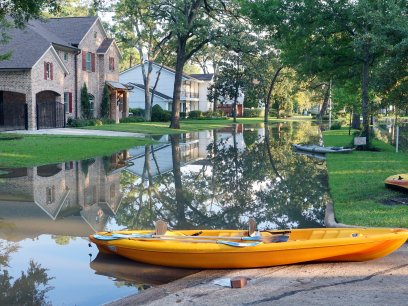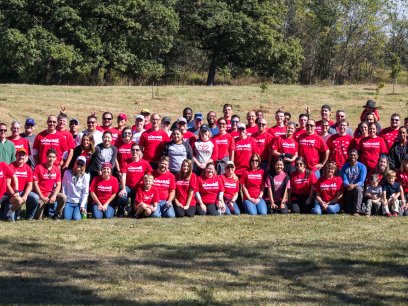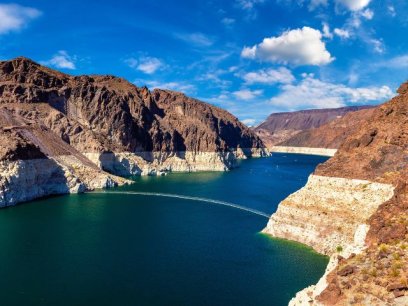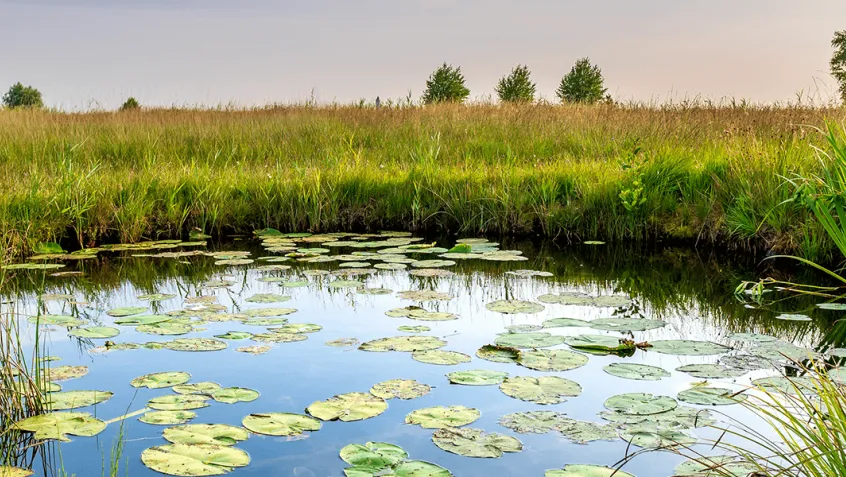
The term “biodiversity” refers to biological variety, including diversity within species, between species, and in entire ecosystems. It encompasses all the ecological interactions between our planet’s life forms. Because it is so big, it can be hard to conceptualize.
While the benefits of getting outside are well documented, our health is more closely tied to nature than you may realize. Biodiversity is necessary for physical, mental, and spiritual health and social well-being. Ultimately, biodiversity is important because it provides resilience—and that resilience is being put to the test.
Biodiversity is Under Threat
While some loss of biodiversity is normal, scientists estimate that current extinction rates are unprecedented—up to 1,000 times higher than naturally-occurring rates. In 2020 alone, scientists declared more than 100 species to be extinct. Urbanization, pollution, and climate change are a few of the major causes of ecosystem degradation that contribute to biodiversity loss.
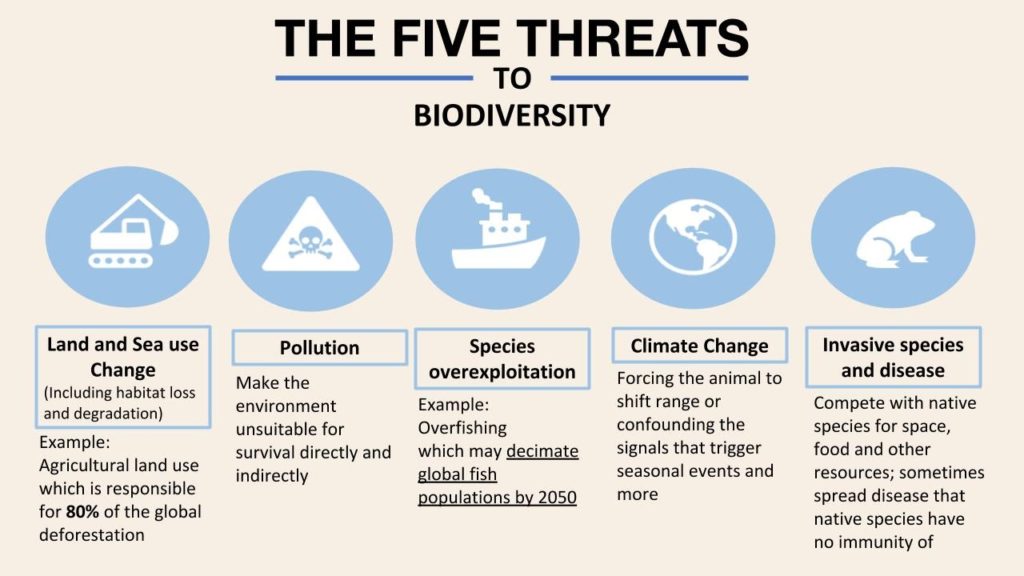
Loss of biodiversity is often captured as a snapshot of the decline of a particular species, such as rhinos or polar bears. But the problem is bigger than any one example, affecting plants, animals, and humans. It can have an impact on how far diseases can spread and how resilient a community is against extreme weather events. This directly impacts human health.
How Does Biodiversity Impact Our Health?
From the air we breathe to the materials we use to build our homes, nature is essential to our survival. Biodiversity loss poses many threats to human health. Our dependence on biodiversity can be classified into four main areas that are each essential to our health:
- Provisioning: The foods we eat, medicines we use to stay healthy, and materials we use for clothing or shelter.
- Regulating: The processes that renew natural resources and ensure a functional environment.
- Culture: Services that promote health, such as inspiration, education, recreation, and traditional knowledge.
- Supporting: The building blocks of life, including the creation of new organic matter and cycling of nutrients.
Each of us depends on biodiversity in our daily lives, directly and indirectly. Water, food, and fuel are necessities for life. Biodiversity loss can also negatively impact incomes and push people to move to new locations.
The spread of infectious diseases is sensitive to changes in biodiversity. Major processes impacting transmission include deforestation, changes in water management, urban sprawl, and the accidental or intentional human introduction of pathogens. Furthermore, many medical breakthroughs are the result of studying the Earth’s biodiversity, from simple pain medicines to treatments for chronic health issues such as high blood pressure and cancer. The loss of species could limit the discovery of potential treatments for diseases in the future.
Promoting Pollinators to Increase Local Biodiversity
While we continue to learn new things about how humans depend on the natural world and biodiversity for health and well-being, it is already clear that action is needed to protect the world’s vulnerable ecosystems, including here in the United States.
One example of the far-reaching impacts of biodiversity? The health of pollinators and people is highly interdependent. Pollinators provide humans with one out of every three bites of food we eat, cotton to make clothing, and habitats and food for many other animals. The ongoing decline in pollinator populations represents a major challenge to biodiversity.
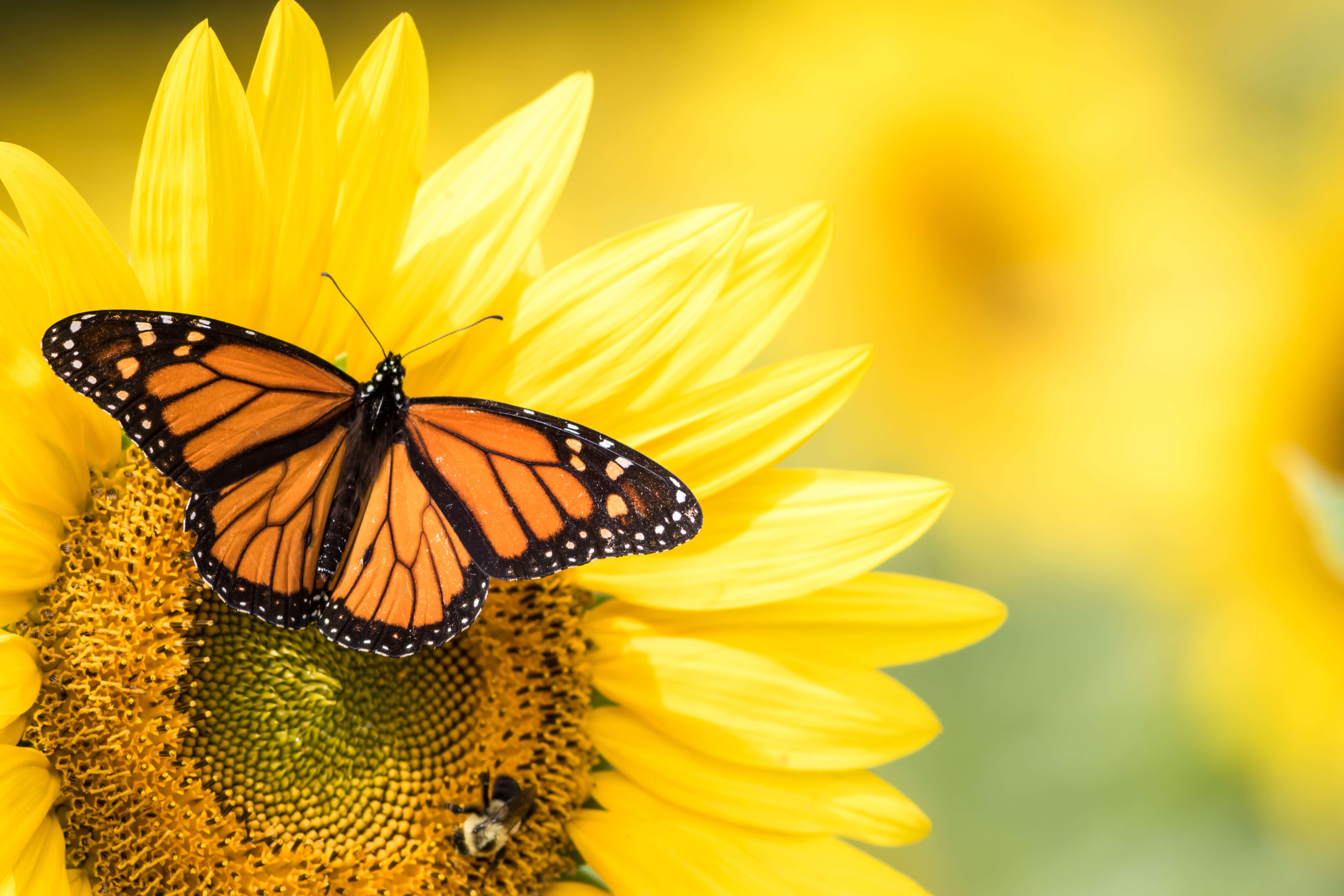
Caption: A monarch butterfly and a honey bee rest on a sunflower.
To help address this problem, Toyota Motor North America and NEEF announced the 2022 Biodiversity Conservation Grant, which provides $200,000 in grant funding toward shovel-ready pollinator habitat enhancement projects on America’s public lands.
Habitat enhancement projects funded by the 2022 Biodiversity Conservation Grant will directly support the creation, restoration, remediation, improvement, and protection of habitats for important pollinator species such as butterflies, bees, bats, and more. Funds will also be used to incorporate community outreach and engagement activities designed to educate the public and empower them to create and protect local pollinator habitats, supporting local biodiversity.
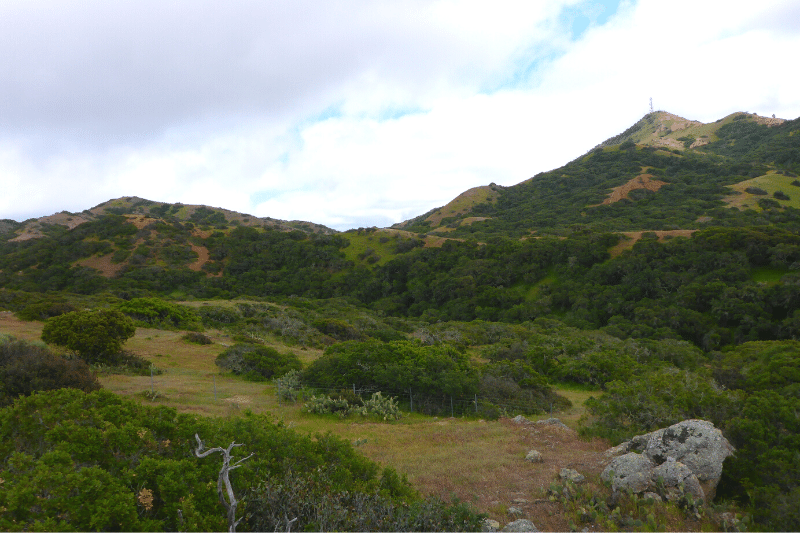
Learn More About Biodiversity
The better we understand our relationship with the ecosystems we are a part of, the better we can take action like this to protect biodiversity, and ultimately, our own health. You can learn more about biodiversity through our free online resources for educators looking to incorporate Greening STEM principles into their classrooms.
